In today’s world, where environmental concerns are more crucial than ever sustainable building materials have become a component of eco-friendly construction. These materials not only decrease the environmental effect of buildings but also increase energy efficiency and improve both environmental and human health. To pave the way for a greener future, this article explores the importance of most promising sustainable building materials and discuss their benefits.
Sustainable Building Materials
Bamboo

Bamboo is becoming increasingly popular, as a building material due to its growth and renewability. It provides strength and toughness, making it a suitable alternative to hardwoods. Bamboo has a carbon footprint compared to other building materials because it absorbs more carbon dioxide and releases more oxygen throughout its growth process. If not chemically processed, it is 100 percent biodegradable, antibacterial, and environmentally friendly.
In addition, bamboo is a versatile material that works well for structural parts, flooring, and scaffolding. This makes it a great choice for eco-friendly building projects.
Recycled Steel
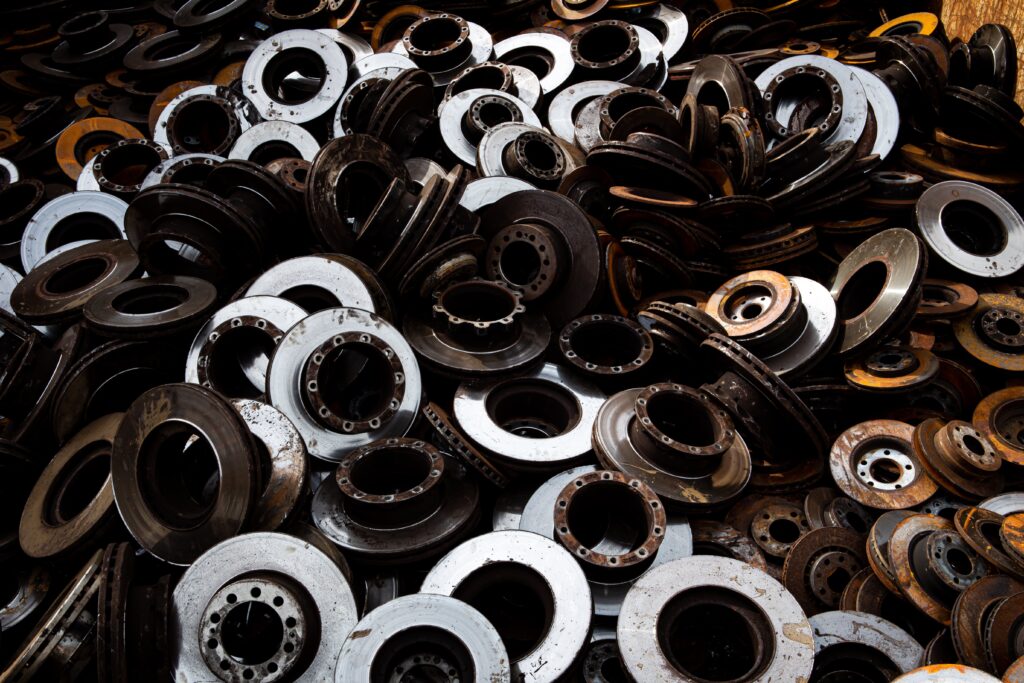
Steel is a widely used material in construction, but its production contributes to significant carbon emissions. However, using recycled steel can reduce its effect on environment. Recycled steel retains its strength and durability while minimizing the need for mining raw materials and reducing energy consumption during the manufacturing process. Furthermore, using recycled steel helps divert waste from landfills, making it a sustainable choice for eco-friendly construction.
Hempcrete
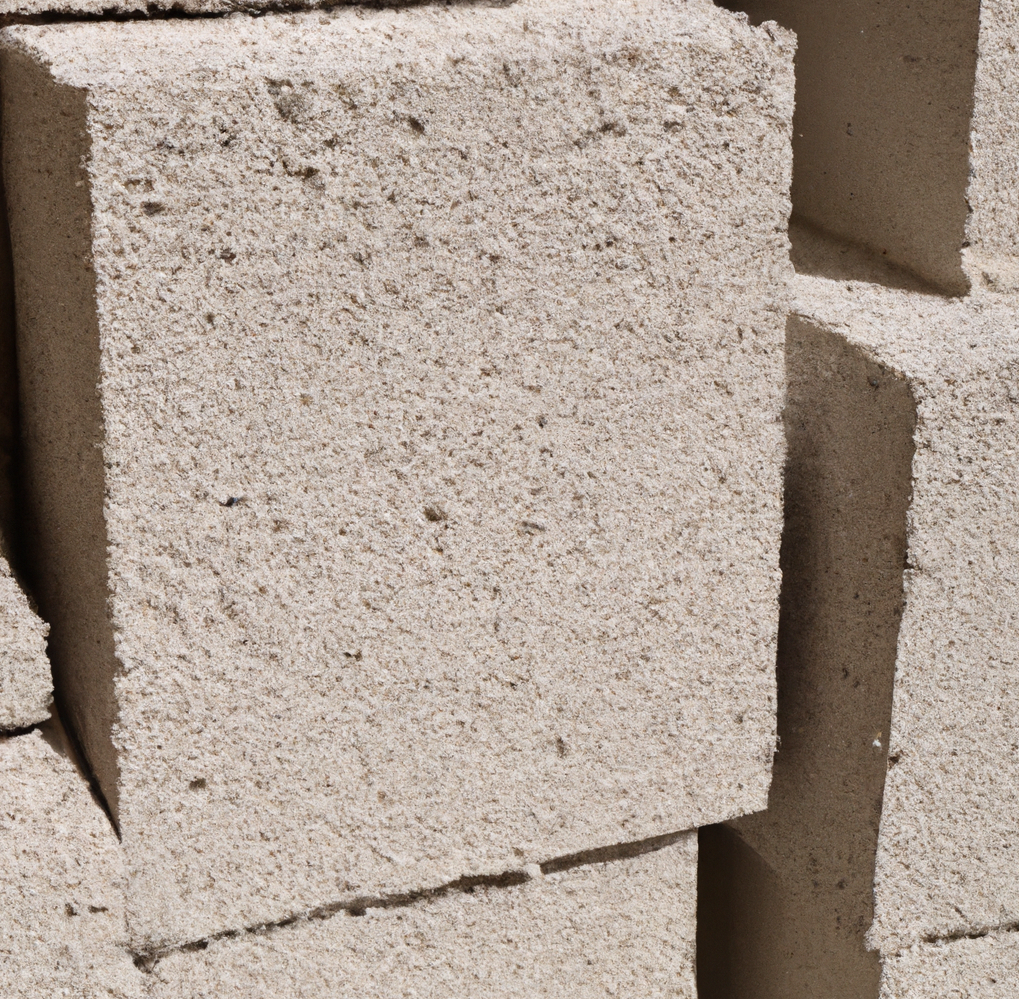
Hempcrete, a composite material made from hemp fibres, lime, and water. It is used as a sustainable alternative to traditional concrete. Hemp is an environment friendly crop since it grows quickly and needs little water and chemicals. Hempcrete is used in the forms of blocks that are light weight. There is no development of cracks on its surface on drying. But it is not stronger than concrete. It has great insulation properties, contributing to energy efficiency in buildings.
Recycled Plastic

The abundance of plastic waste has become a global concern as it takes 1000 years to fully decompose. It’s time to start cleaning up our planet and reusing all the plastic that we have let float freely in our parks, oceans, and residences. Recycling plastic waste saves energy that would otherwise be needed to produce new plastic while also reducing the quantity of plastic that ends up in landfills. Recycled plastic is suitable for use in a range of sustainable building materials since it is a strong and moisture-resistant material.
Straw bales
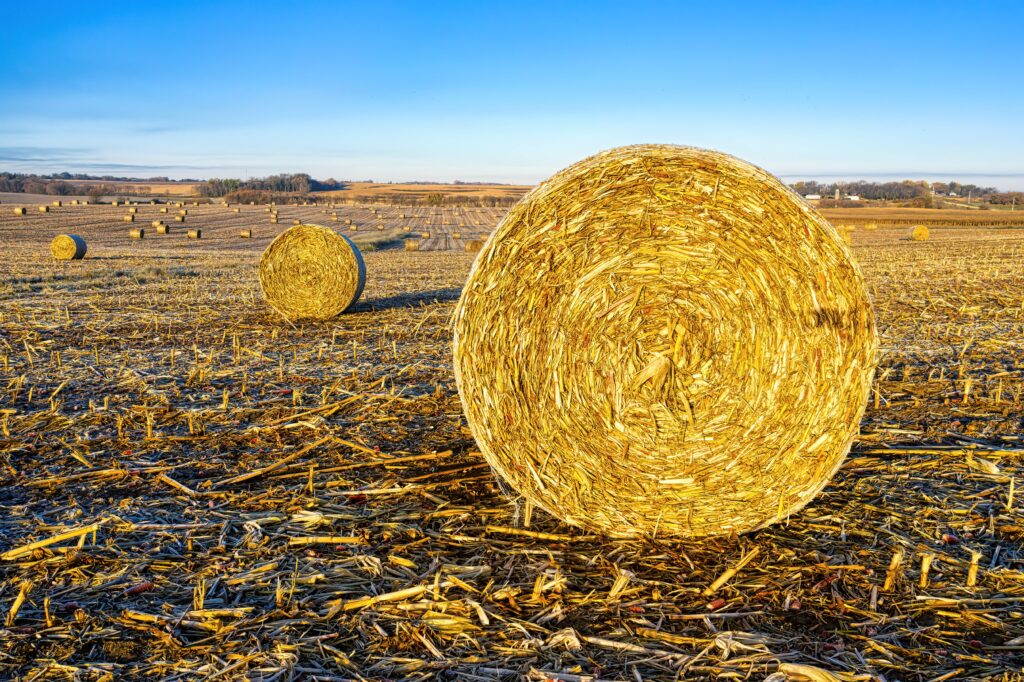
Straw bales are an eco-friendly, biodegradable and sustainable building materials that have gained popularity in recent years. They are made from the stalks of cereal crops, such as wheat, rice, or barley, which are tightly compressed into circular or rectangular blocks. They are used in the walls and ceilings to keep the better thermal insulation properties. They have good sound absorption qualities, creating a quiet and comfortable living environment.
Repurposing this waste byproduct into compressed ceiling and wall panels ensures that it retains its embodied carbon in the most environmentally friendly manner rather than having the straw release its carbon when destroyed, which would increase carbon emissions.
Earth Materials
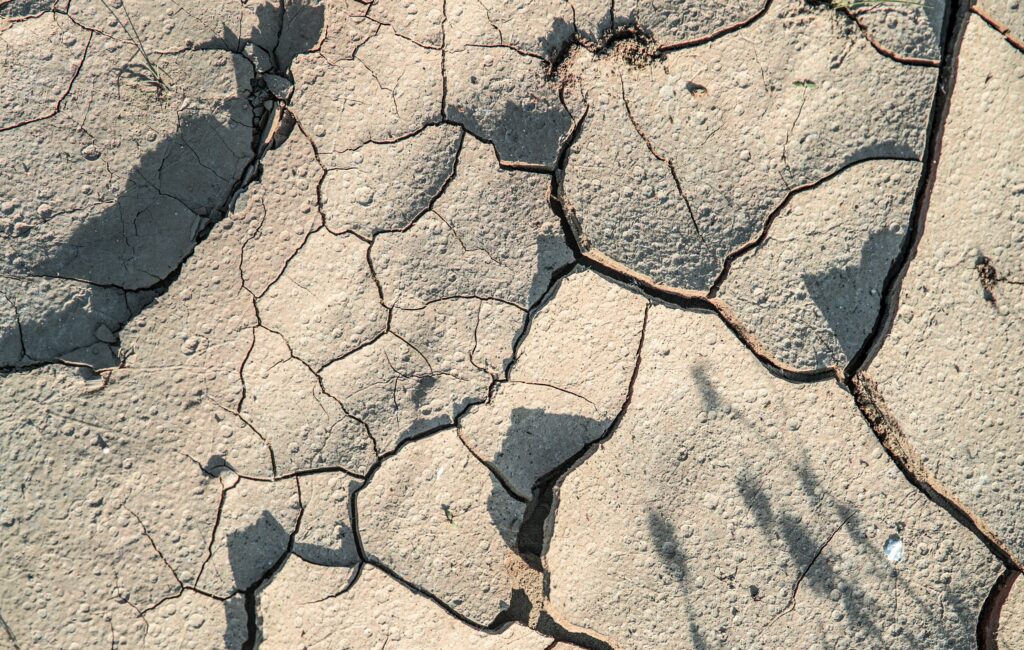
Earth materials also comes in the category of sustainable building materials. For centuries and still in use today are earthen materials like adobe, rammed earth, and cob. They provide good insulation, which lowers the demand for heating and cooling in structures. These substances are easily accessible and have little embodied energy. By responsibly managing and utilizing earth materials, we can ensure their availability for future generations while minimizing the environmental impact of human activities.
Cork

It is derived from the bark of cork oak trees, primarily grown in Mediterranean regions. It is renewable and sustainable material which is used in many applications in various industries. It is lightweight, elastic, and resistant to moisture, making it an ideal material for a wide range of products. Along it uses in wine stoppers, cork is also utilized in flooring, insulation, and as a soundproofing material.
Timbercrete
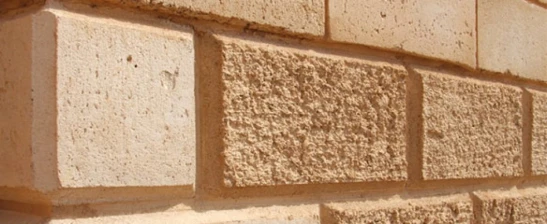
Timber Crete is made up of a timber waste such as sawdust, wood chips, cement, sand, binders, and other materials. It is the excess waste material of timber from the sawmill that would be used to burn or cause it to degrade, thereby emitting greenhouse gases to the atmosphere. It is lighter and easy to transport. These are available in the forms of bricks, blocks and pavers. It provides better insulation than brick, clay or concrete and highly fire resistant.
Recycled Glass
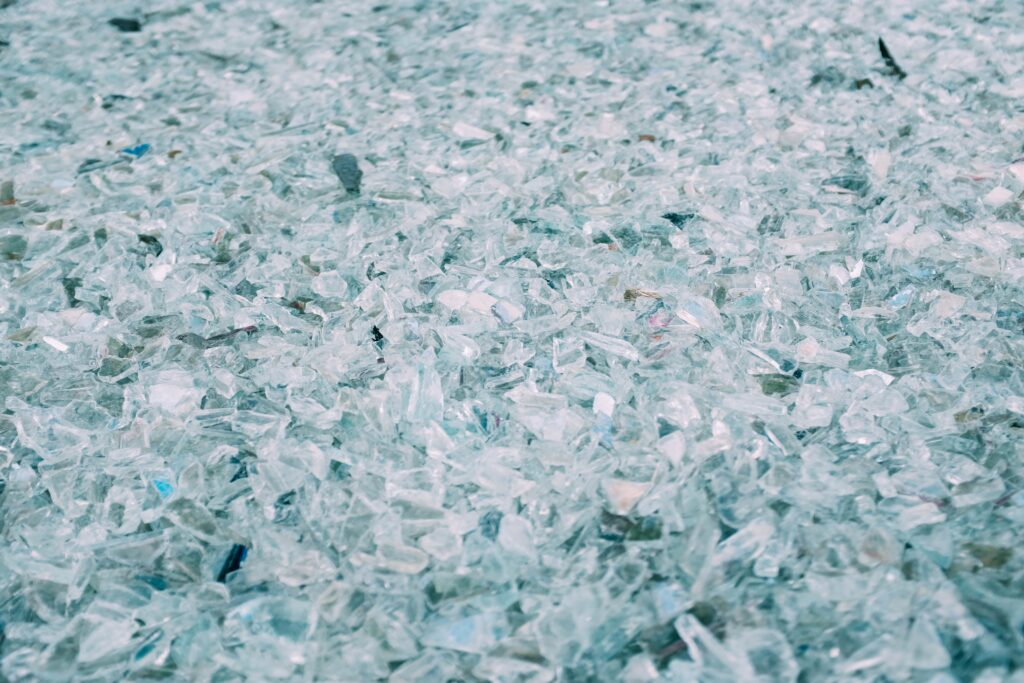
Recycled glass is an environmentally friendly alternative to traditional glass that is obtained through the process of reusing and repurposing glass waste. Glass must be collected from landfills together with other glass products like bottles and jars, and it is then crushed into tiny pieces called cullet. The molten cullet is then used to create new glass products. Making use of recycled glass reduces the demand for raw materials, which saves energy and lowers greenhouse gas emissions.
Green Roofs

Green roofs systems are covered with plants and vegetation. They provide many environmental benefits and contribute to sustainable urban development. Green roofs provides insulation properties, reducing energy consumption by providing natural cooling and heating effects. In addition to their environmental benefits, green roofs enhance the aesthetic appearance of the buildings.
The Importance of Sustainable Building Materials
1. Environmental Benefits
Sustainable building materials are obtained, manufactured, and used in ways that reduce their effect to pollution, resource depletion, and greenhouse gas emissions. This helps in decrease the effects of climate change and save natural resources.
2. Economic Advantages
While sustainable building materials might have a slightly higher initial cost, they often lead to long-term cost savings through energy efficiency, reduced maintenance, and enhanced property value.
3. Health and Well-being
Various conventional building materials have the possibility to emit toxic substances and affect the quality of indoor air. So sustainable materials are chosen for their low toxicity, promoting healthier living and working environments.
FAQs
Q: What are sustainable construction materials?
Sustainable construction materials are environment friendly which reduces energy consumption and waste production. These materials are typically renewable, recycled, or have a low carbon emission contributing to the overall energy efficiency and environmental performance of buildings.
Q: How does using recycled materials help the environment?
Recycled materials often require less energy compared to producing new materials from scratch. This may cause a reduction in greenhouse gas emissions and contribute to slow down climate change.
Q: How does recyclable plastic help the environment?
Using recycled plastic reduces the demand to manufacture new plastic. In order to make plastic, fossil fuels like petroleum or natural gas must be extracted, which contributes to climate change and greenhouse gas emissions.
Q: Are sustainable building materials as durable as traditional materials?
Yes, sustainable building materials provides low maintenance and long-term environmental benefits if properly designed.
Q: What is the conclusion of sustainable building materials?
They not only provide sustainable eco-friendly environment, but also provide financial benefits. You can build a more sustainable and environment friendly future for everyone by choosing the green materials for construction project.
You may also like to read:
15 Low Cost Building Material Used in Construction Main ingredients of cement and their Functions Types of Steel Reinforcement Properties and Uses


